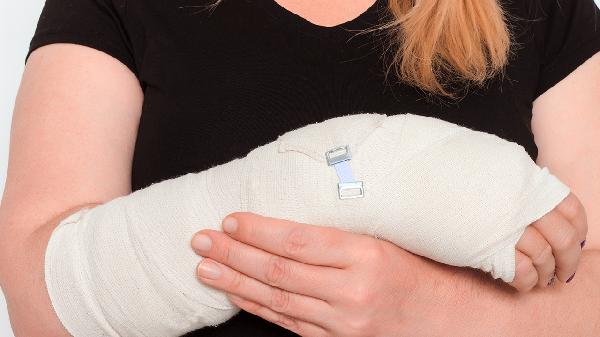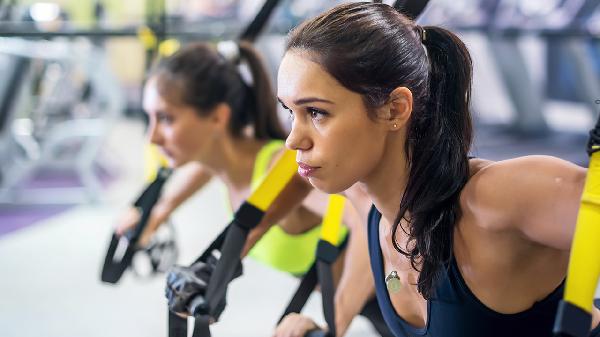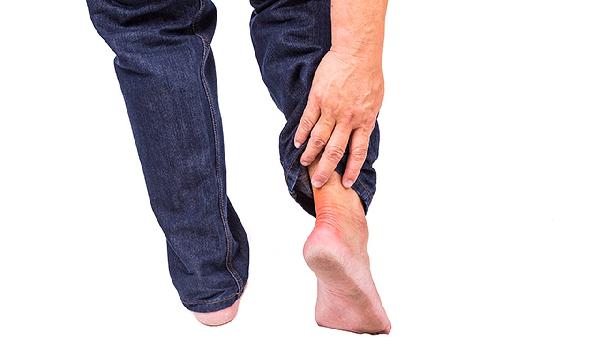Zone 2 cardio is the sweet spot for maximizing fat burn and building endurance, and it’s all about hitting the right heart rate. For most people, Zone 2 is roughly 60-70% of your maximum heart rate. This is the intensity where your body efficiently burns fat for fuel while keeping you in a sustainable, low-stress state. But how do you find your ideal Zone 2 heart rate, and why does it matter? Let’s break it down.

Zone 2 cardio is like the Goldilocks of workouts—not too hard, not too easy, but just right. At this intensity, your body primarily uses fat as its energy source, which is great for long-term fat loss. Plus, it’s low-impact enough that you can sustain it for longer periods without feeling wiped out. This makes it perfect for building endurance, improving cardiovascular health, and even boosting recovery. Think of it as the foundation of your fitness pyramid—it’s not flashy, but it’s essential.
First, you’ll need to figure out your maximum heart rate (MHR). The simplest way is to subtract your age from 220. For example, if you’re 30, your MHR is around 190 beats per minute (bpm). From there, Zone 2 is 60-70% of that number, so for a 30-year-old, it’s between 114 and 133 bpm. But here’s the kicker: this formula isn’t perfect. Factors like fitness level, genetics, and even stress can influence your heart rate. For a more accurate number, consider doing a lactate threshold test or using a heart rate monitor during a steady-state workout to see where you naturally settle into Zone 2.
When you’re in Zone 2, your body is in a state called aerobic metabolism. This means it’s using oxygen to convert fat into energy. Unlike higher-intensity zones, where your body relies more on carbs (which burn faster but don’t last as long), Zone 2 lets you tap into your fat stores for sustained energy. This is why Zone 2 is so effective for fat loss—it’s like putting your body on a slow, steady drip of fuel. Plus, because it’s low-stress, you’re less likely to crash or feel exhausted afterward.
Staying in Zone 2 can be trickier than it sounds, especially if you’re used to pushing yourself hard. The key is to focus on effort, not speed. For runners, this might mean slowing down to a conversational pace—if you can’t chat comfortably, you’re probably pushing too hard. For cyclists, it might mean keeping your cadence steady and your breathing relaxed. And for gym-goers, it could mean opting for a brisk walk on the treadmill or a steady session on the elliptical. The goal is to keep your heart rate in that 60-70% range without spiking into higher zones.
If you’re training for a marathon, triathlon, or any endurance event, Zone 2 is your secret weapon. By spending time in this zone, you’re teaching your body to use energy more efficiently, which translates to better performance on race day. It also helps build your aerobic base, which is the foundation for all other types of training. Think of it like building a house—you wouldn’t start with the roof, right? Zone 2 is the groundwork that makes everything else possible.
One of the biggest mistakes people make is thinking Zone 2 is too easy to be effective. Spoiler alert: it’s not. Another mistake is letting your heart rate creep into Zone 3 or higher, which shifts your body’s energy source from fat to carbs. To avoid this, use a heart rate monitor or pay attention to your breathing and effort level. And don’t forget to be patient—Zone 2 training is a long-term strategy, not a quick fix. It might take weeks or even months to see significant changes, but trust the process.
If you’re new to Zone 2, start with 2-3 sessions per week, each lasting 30-60 minutes. As you build your endurance, you can increase the duration or frequency. For seasoned athletes, Zone 2 can be a great recovery tool between high-intensity workouts. The beauty of Zone 2 is that it’s versatile—you can do it running, cycling, swimming, or even walking. The key is consistency. Over time, you’ll notice improvements in your stamina, fat loss, and overall fitness.
Zone 2 cardio might not be the most glamorous workout, but it’s a powerhouse for fat burn and endurance. By finding your ideal heart rate and sticking to it, you’ll unlock a whole new level of fitness. So, lace up those sneakers, grab your heart rate monitor, and get ready to crush your goals—one steady, sustainable step at a time.
























